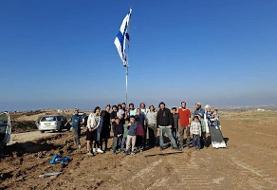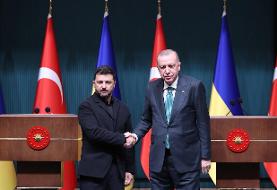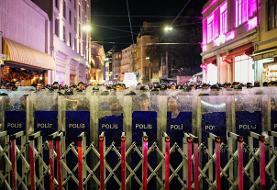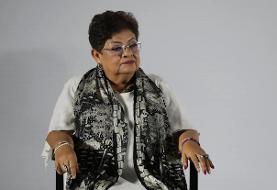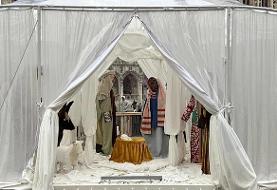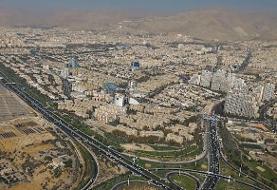From the Battlefield to the Harem: Did Women’s Seclusion Increase from Early to Late Safavid Times?
By: Rudi Matthee, University of Delaware
Modern scholars typically portray Safavid Iran as having evolved from a wild and free steppe dispensation of Turko-Mongol provenance toward a more restricted sedentary, urban-based polity falling under the sway of hard-line clerics led by the dour and dogmatic Muhammad Baqir Majlisi, Isfahan’s shaykh al-islam in the late 17th century. The role of females is said to have evolved accordingly, from relative personal freedom, participation in civil life and decision making, to social marginalization and the seclusion of the harem. In this scenario, women in the early period were neither veiled nor secluded, rode like men, and even took part in military cavalry charges. As time went on, their world narrowed to the point where under the exceedingly pious and gullible Shah Sultan Husan—who ruled under the bewitching spell of Majlisi, they only went out “so concealed with a white veil, that nothing of them is visible but the eyes and nose.”
Contact the organizer for latest event info. Kodoom.com is not responsible for any changes made in the above information. Report or Flag this event









